Common Misconceptions about American English Coonhounds
In this comprehensive article, we aim to dispel common misconceptions about American English Coonhounds. As experts in the field of dog breeds and enthusiasts of the American English Coonhound, we are committed to providing accurate and detailed information to help you better understand these remarkable canines. By addressing and debunking various misconceptions, we endeavor to enhance your knowledge and appreciation of this fascinating breed.
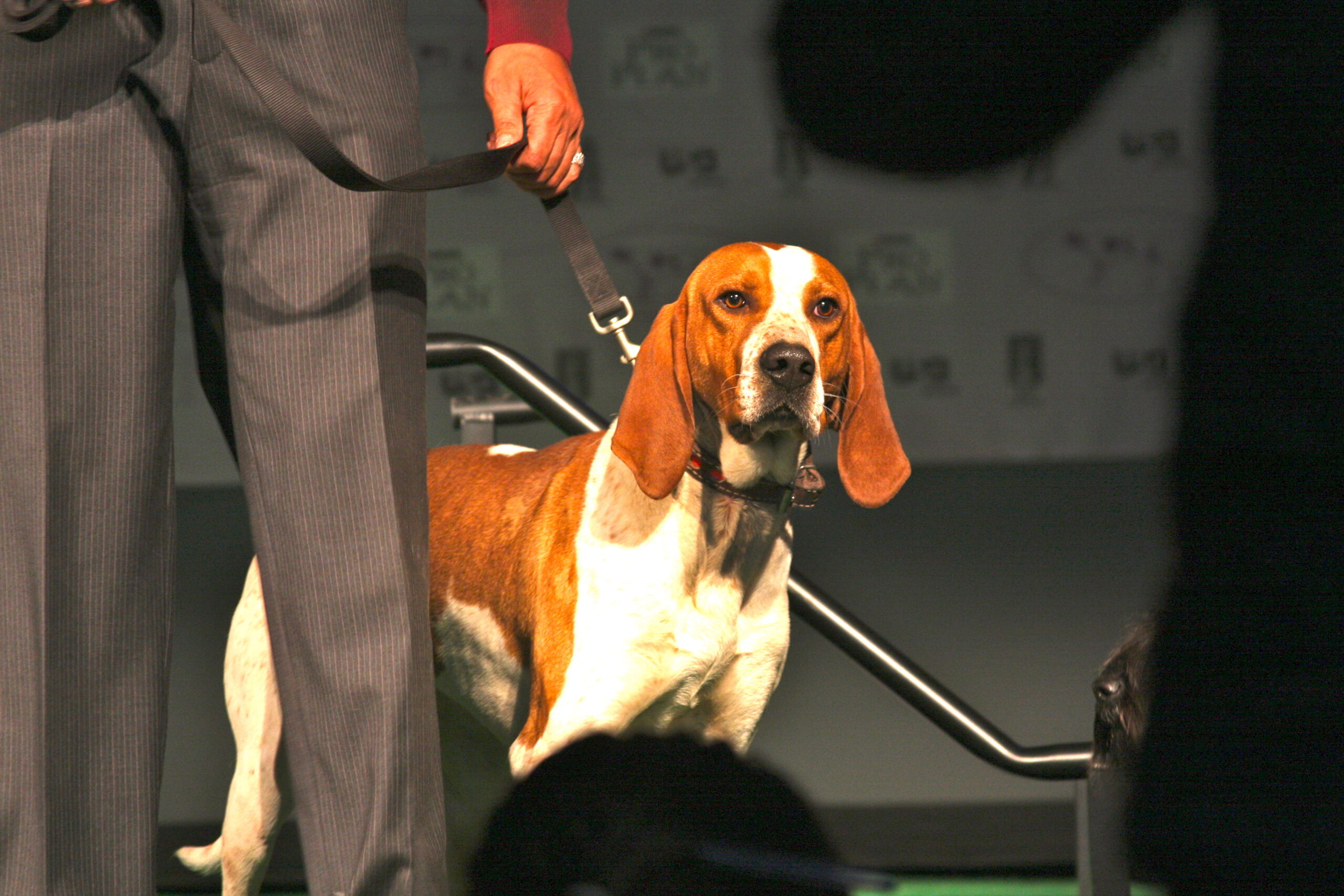
Myth 1: American English Coonhounds are High-Maintenance
Contrary to popular belief, American English Coonhounds are not as high-maintenance as some people may assume. While they do require regular exercise and mental stimulation due to their active nature, their grooming needs are relatively moderate. These dogs have short coats that shed moderately, making grooming a breeze. A simple weekly brushing is usually sufficient to keep their coat healthy and tangle-free.
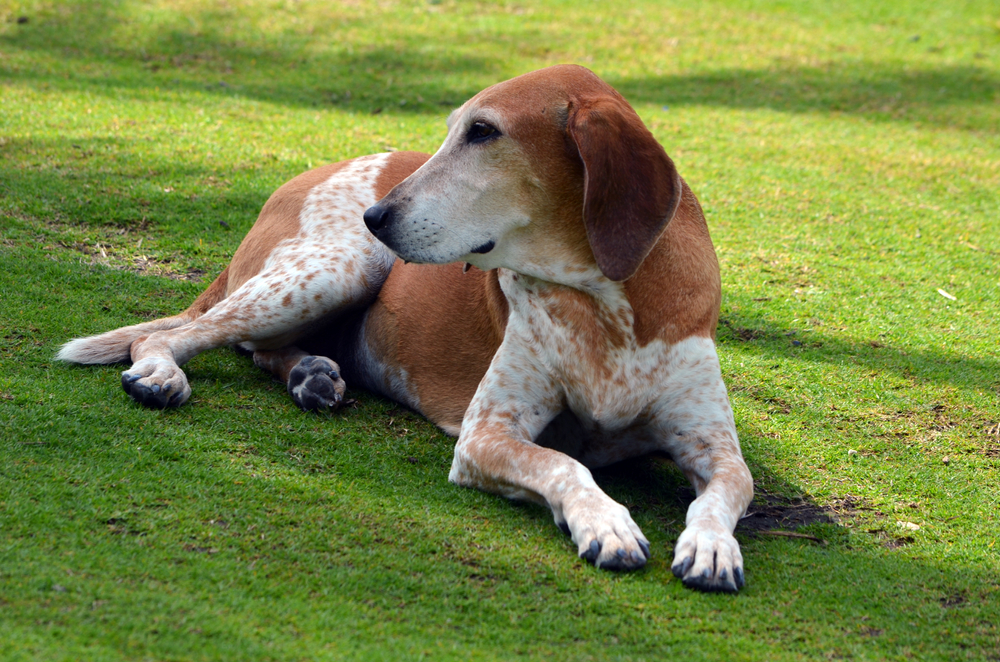
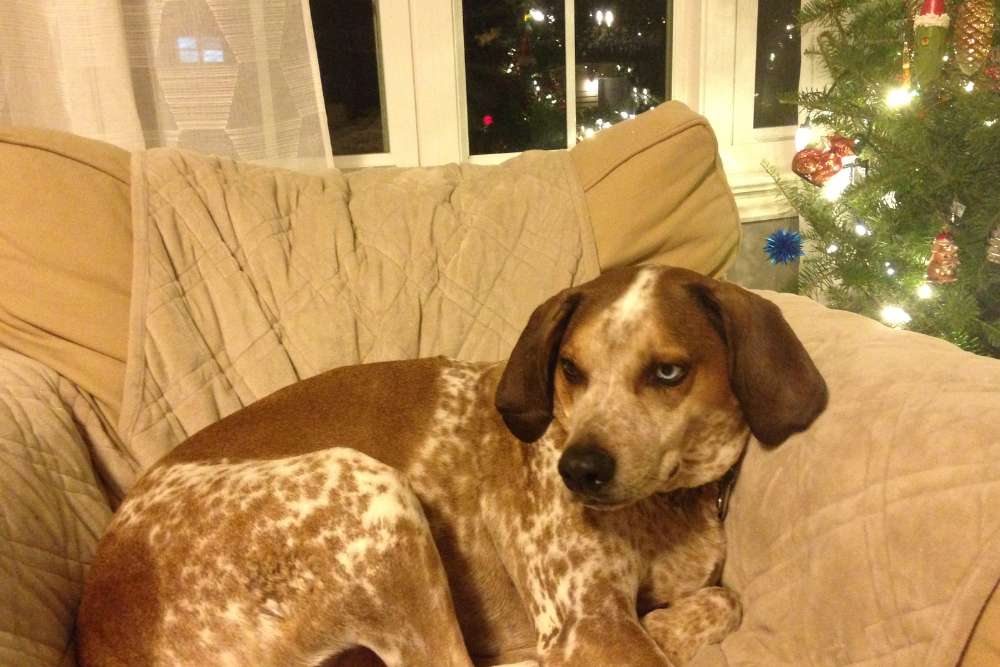
Myth 2: Coonhounds are Difficult to Train
Another common misconception about American English Coonhounds is that they are challenging to train. This notion likely stems from their independent and stubborn nature, but with the right approach, these dogs can be highly trainable. Positive reinforcement techniques, such as using treats and praise, work exceptionally well with Coonhounds. Consistency and patience are key when training these intelligent dogs, and with proper guidance, they can excel in obedience and various dog sports.
Myth 3: Coonhounds are Aggressive
Some people mistakenly believe that American English Coonhounds are aggressive due to their hunting background. However, Coonhounds are not inherently aggressive towards humans. They are typically friendly, social, and affectionate dogs. Like any breed, early socialization and proper training play a crucial role in shaping their behavior. Coonhounds can coexist harmoniously with other pets and make wonderful family companions.
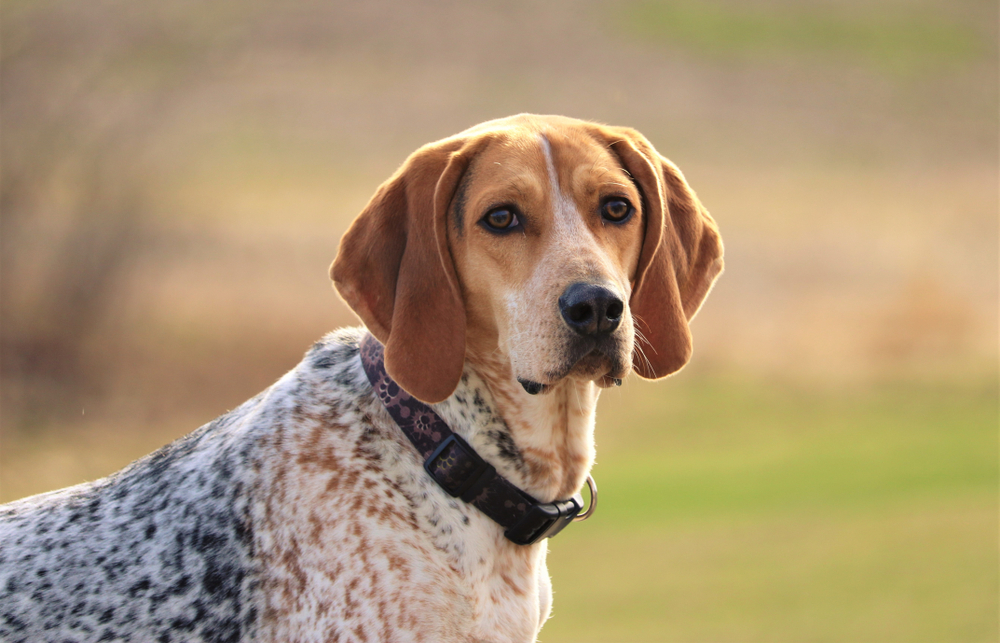
Myth 4: Coonhounds are Not Suitable for Apartments
While it is true that Coonhounds have an instinct to roam and explore, it doesn’t necessarily mean they cannot adapt to apartment living. With sufficient exercise and mental stimulation, Coonhounds can thrive in various living situations, including apartments. Long walks, engaging toys, and interactive playtime can help fulfill their need for activity, making them content indoor pets.
Myth 5: Coonhounds are Noisy Dogs
American English Coonhounds are known for their distinctive baying, which they use while hunting. Some misconstrue this vocalization as excessive noise, leading to the belief that Coonhounds are always loud. In reality, Coonhounds are not excessively noisy if their physical and mental needs are met. Engaged and well-exercised Coonhounds are more likely to be calm and relaxed, minimizing their vocalization.
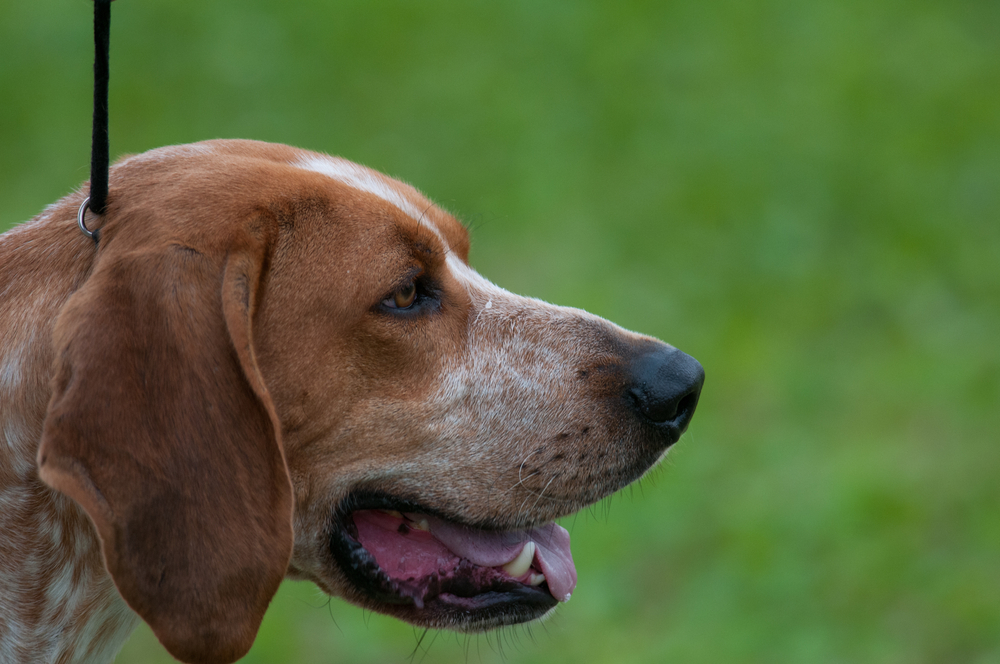

Myth 6: Coonhounds are Not Good with Children
Coonhounds can be excellent companions for children when raised and socialized appropriately. Their friendly and gentle nature makes them ideal playmates for kids. However, as with any breed, supervision is essential when dogs interact with young children. Responsible pet ownership and teaching children how to interact with dogs safely are crucial for fostering a positive relationship between Coonhounds and children.
Myth 7: Coonhounds are Not Suitable for Cold Climates
Some believe that Coonhounds cannot tolerate cold climates due to their short coat. While it is true that they are more suited to milder temperatures, Coonhounds can adapt to colder weather with proper care. Providing them with appropriate winter gear, like doggy jackets, and limiting outdoor time during extreme cold can help keep them comfortable.
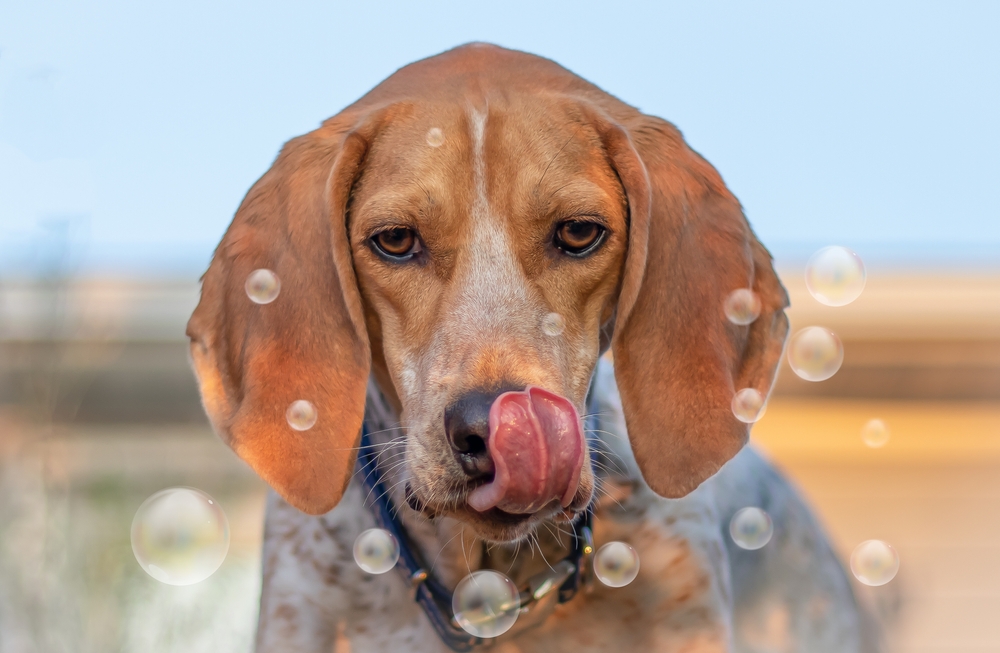
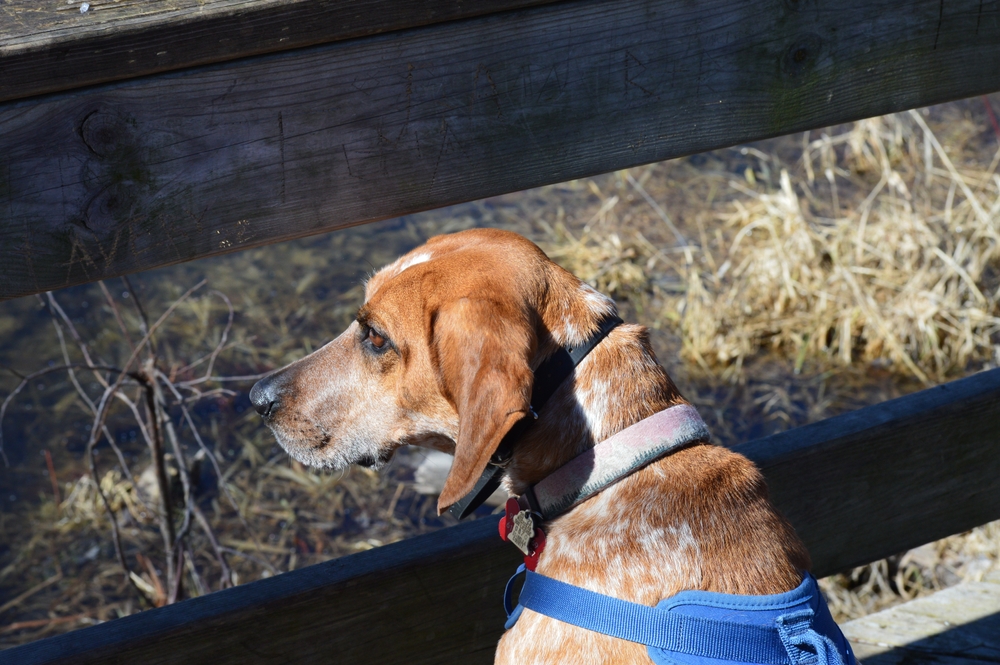
Common Misconceptions about American English Coonhounds
It is essential to dispel these common misconceptions about American English Coonhounds to ensure that potential owners have accurate information about this remarkable breed. Coonhounds are intelligent, loyal, and adaptable dogs that can make wonderful companions in the right environment. By addressing these misconceptions, we hope to promote a better understanding of Coonhounds and contribute positively to the world of canine knowledge.